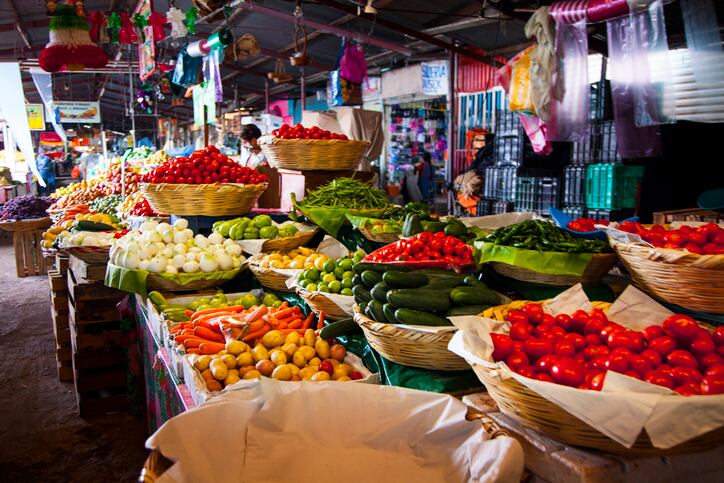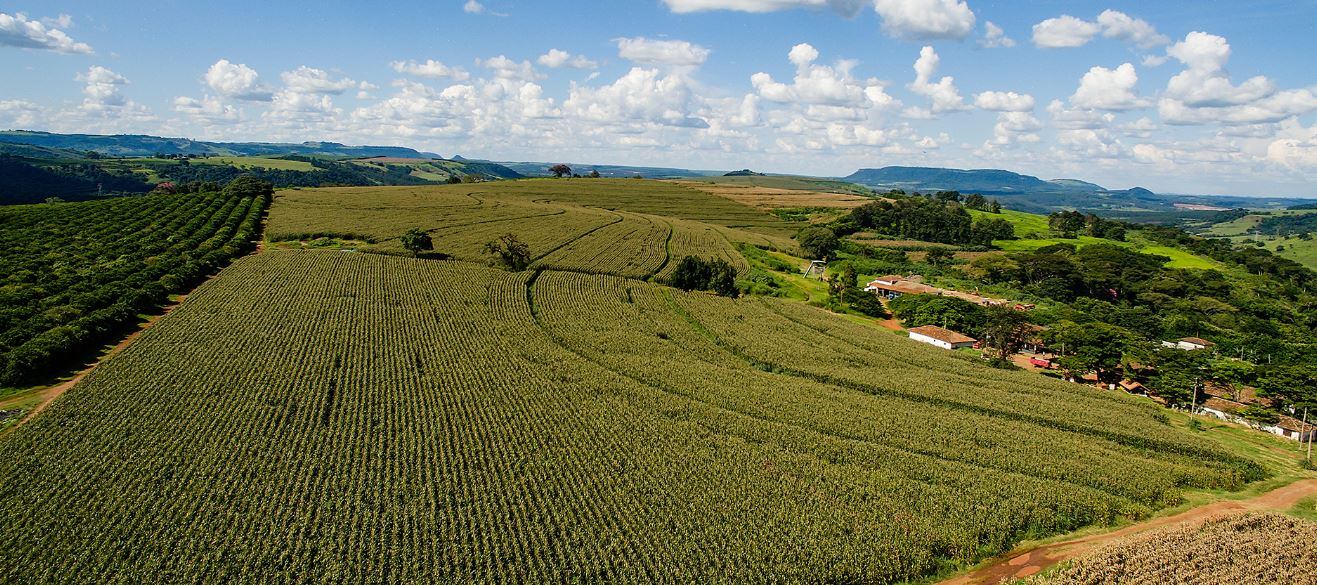Family farmers occupy between 70 and 80% of farmland worldwide, and the United Nations has declared the next ten years (from 2019 to 2028) to be the decade of family farming.
Addressing delegates at the Caritas Internationalis general assembly last week, the director general of the United Nations' Food and Agriculture Organization (FAO) called for policies and legislation that encourage family farmers to use their land to grow a variety of nutrient-rich crops, including fruits and vegetables using sustainable farming practices.
"It is about boosting local economies. It is about transmitting knowledge from generation to generation. It is about respecting and valuing local tradition, customs and culture.
"It is about improving nutrition and providing healthier diets based on fresh food, especially fruits and vegetables. It is about local territorial development. And it is about sustainability. Nothing comes closer to the sustainable development paradigm in food systems than family farming," he said.
The double burden
Today, more than 2 billion people around the world are overweight and 670 million of these are obese while 821 million people suffer from hunger. This co-existence of over- and under-nutrition is known as the double burden.
Graziano da Silva warned that “very soon” the number of people suffering from obesity would overtake those suffering from hunger, adding that this already happened in Latin America and the Caribbean in 2015.
“We are witnessing the globalization of obesity: eight of the 20 countries in the world with the fastest rising rates of adult obesity are in Africa, for example," he said.
Ultra-processed problem
Graziano da Silva specifically targeted the rising consumption of ultra-processed food as one of the major drivers of both obesity and micronutrient deficiencies.
"Ultra-processed food contains little to no nutritional value, with a high content of saturated fats, refined sugars, salt and chemical additives," said Graziano da Silva, adding that processed products tend to be cheaper and more accessible than fresh food, particularly for poor people in urban areas.
"We need not only to produce food, but to produce food that is healthy and nutritious in a way that preserves the environment. Healthy food for all, based on sustainable agricultural development: this is FAO's goal”.
Chronic malnutrition has fallen by 62% since 2000 in Latin America, according to the FAO, which attributes this to increased public spending on public health and social protection.
However, this success is being undermined by rising rates of overweight and obesity.
A 2017 study entitled ‘The cost of the double burden of malnutrition’ estimated that malnutrition generated an annual cost of 0.2% of GDP in Chile and 2.3% in Mexico.
The study authors projected that by 2078, overweight and obesity would generate an average annual cost of one billion dollars in Chile and 13 billion dollars in Mexico, far outweighing the cost due to undernutrition.




